Day 48 - The Chūgoku 33 Temple Kannon Pilgrimage, Japan - A Hot Day of Walking to Zenjo-ji, Temple #24, and the Story of Orochi, the Dragon Who Had Eight Heads and Eight Tails
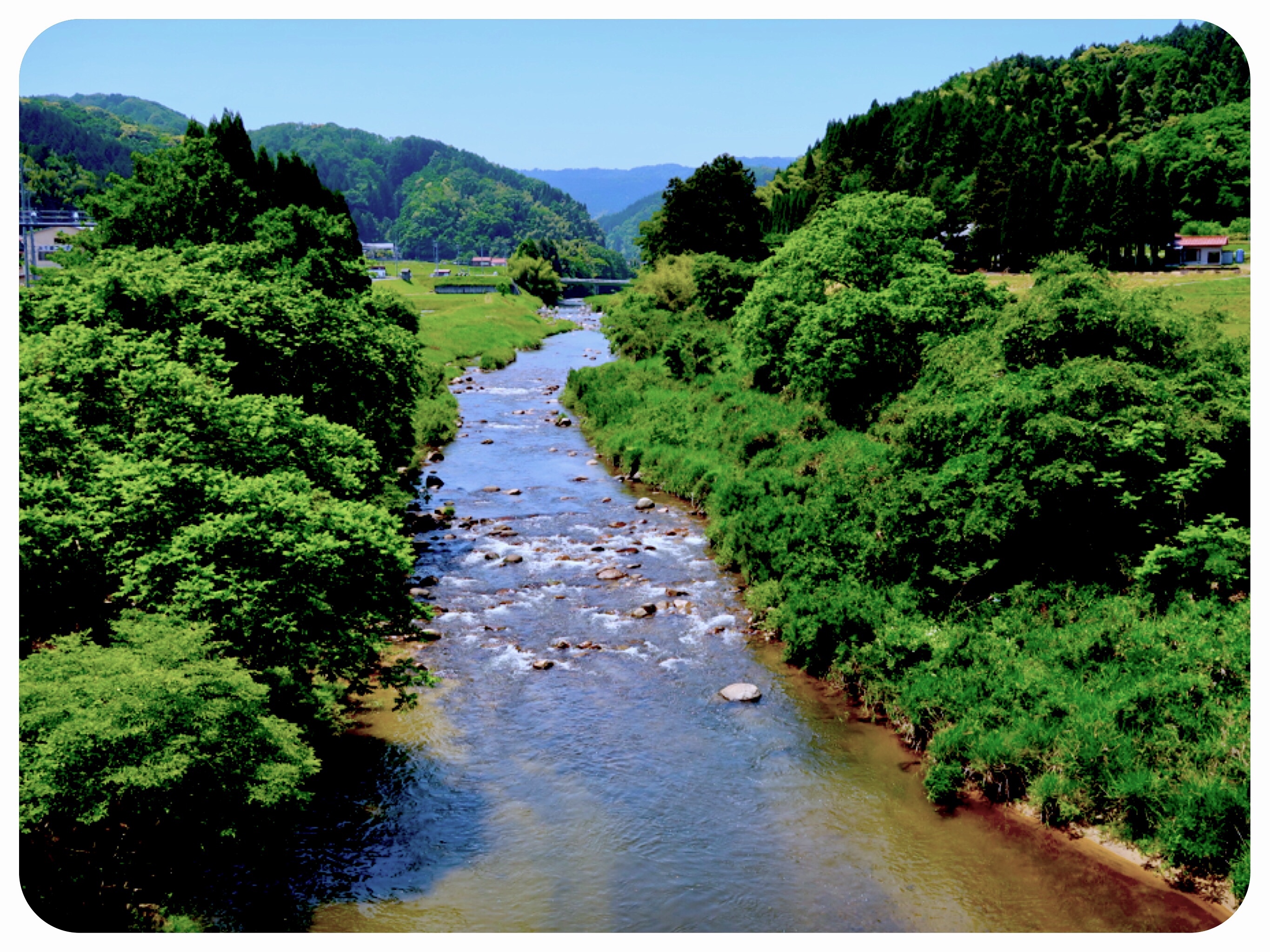




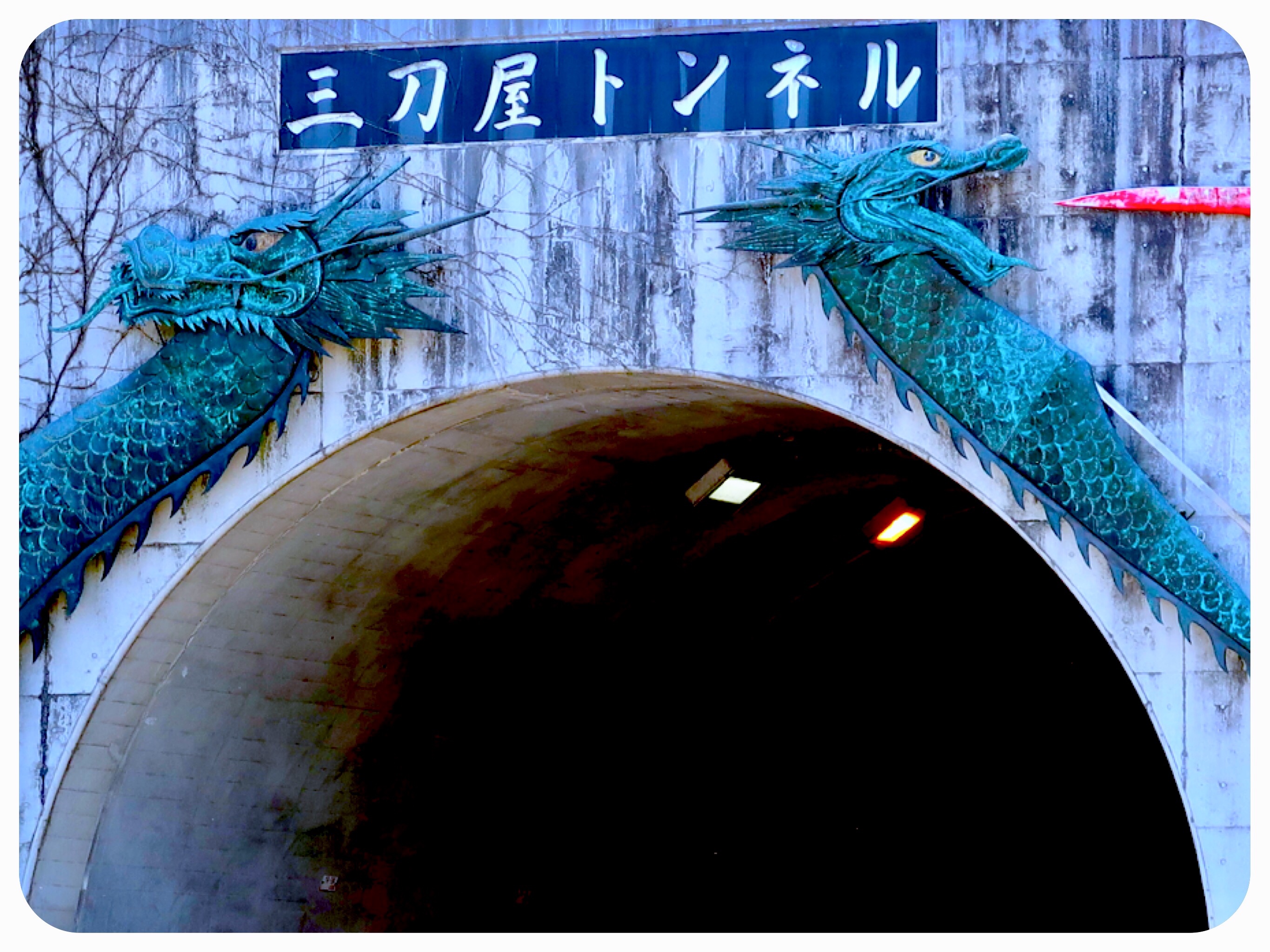

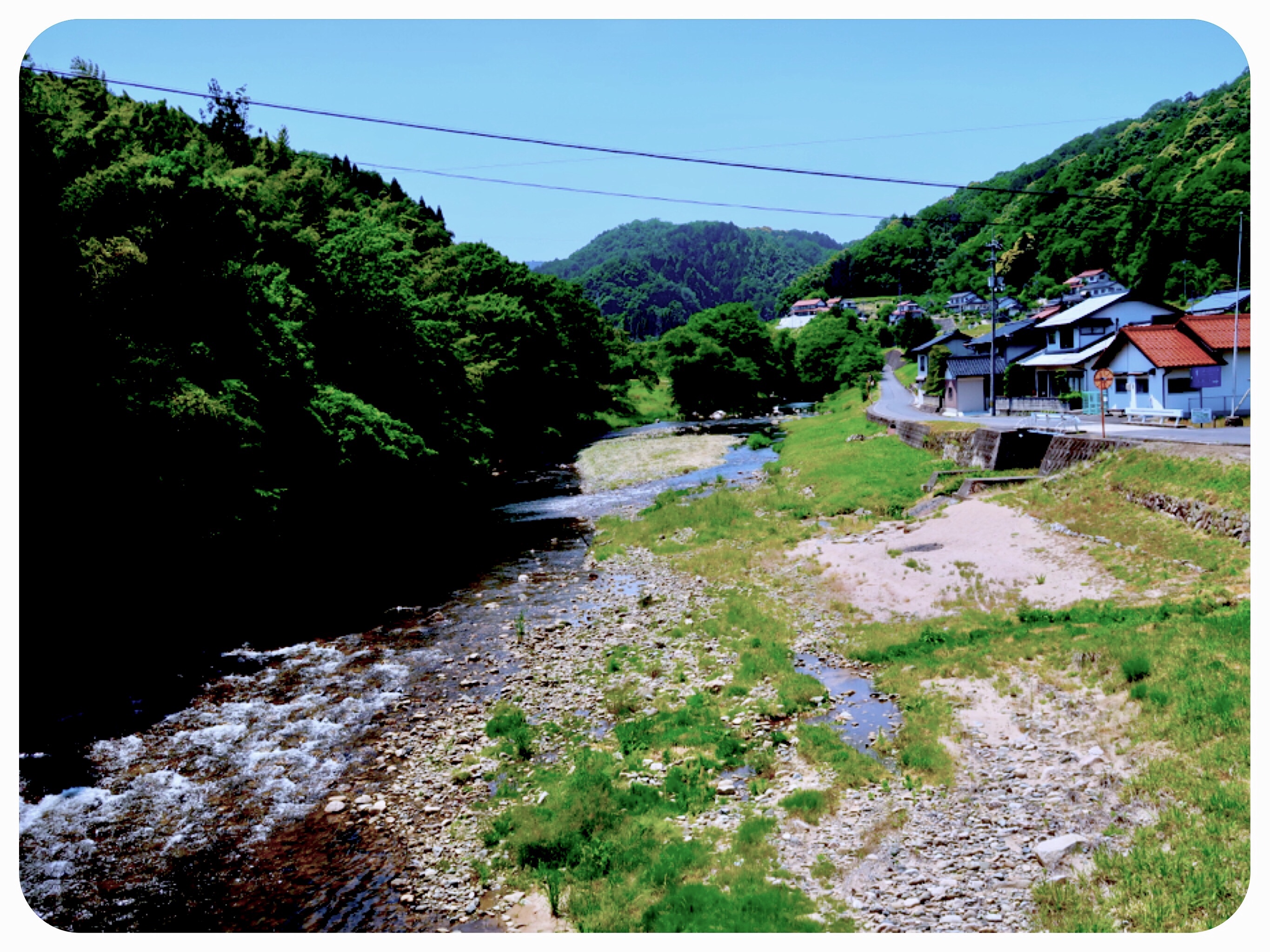
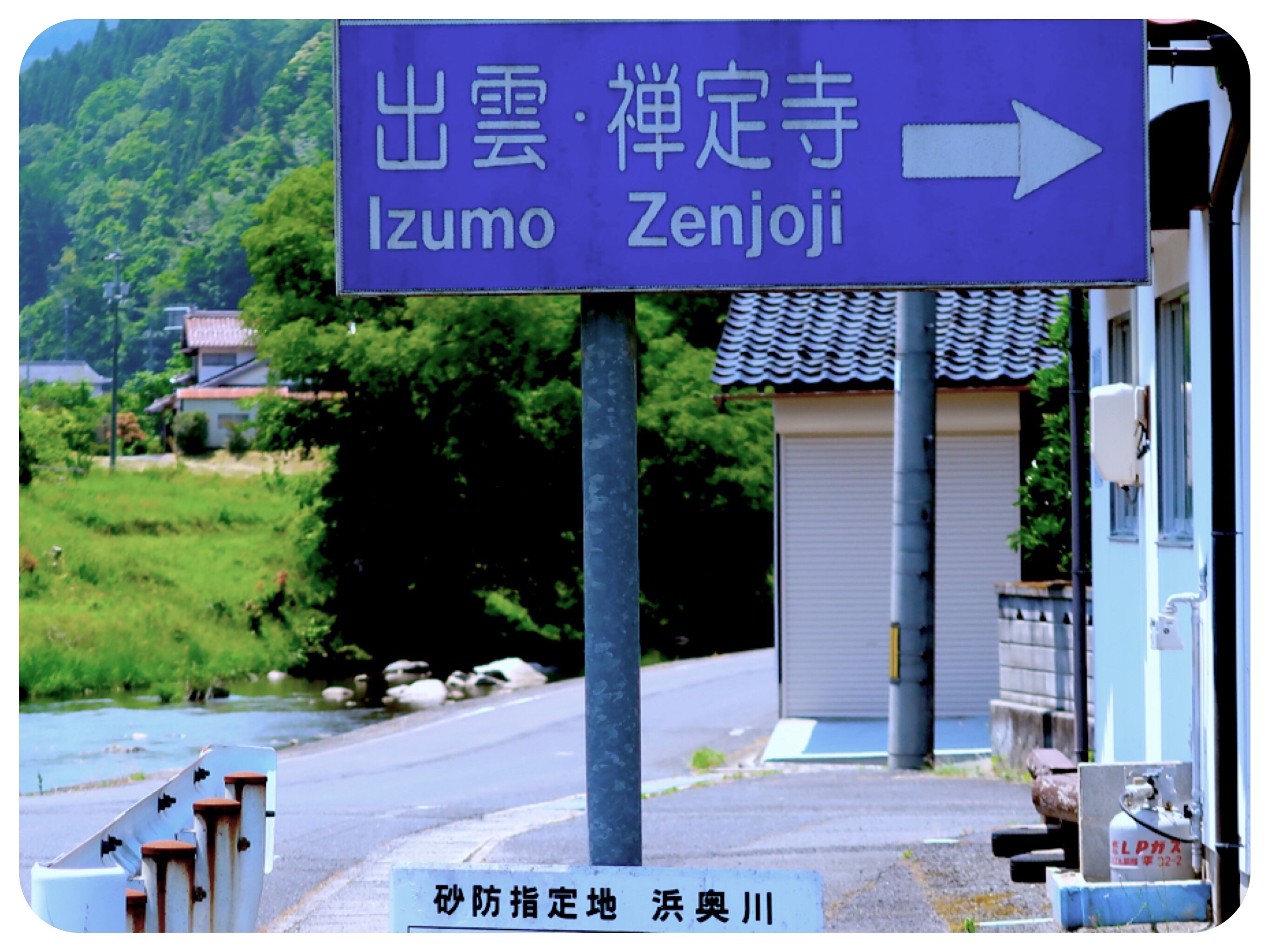
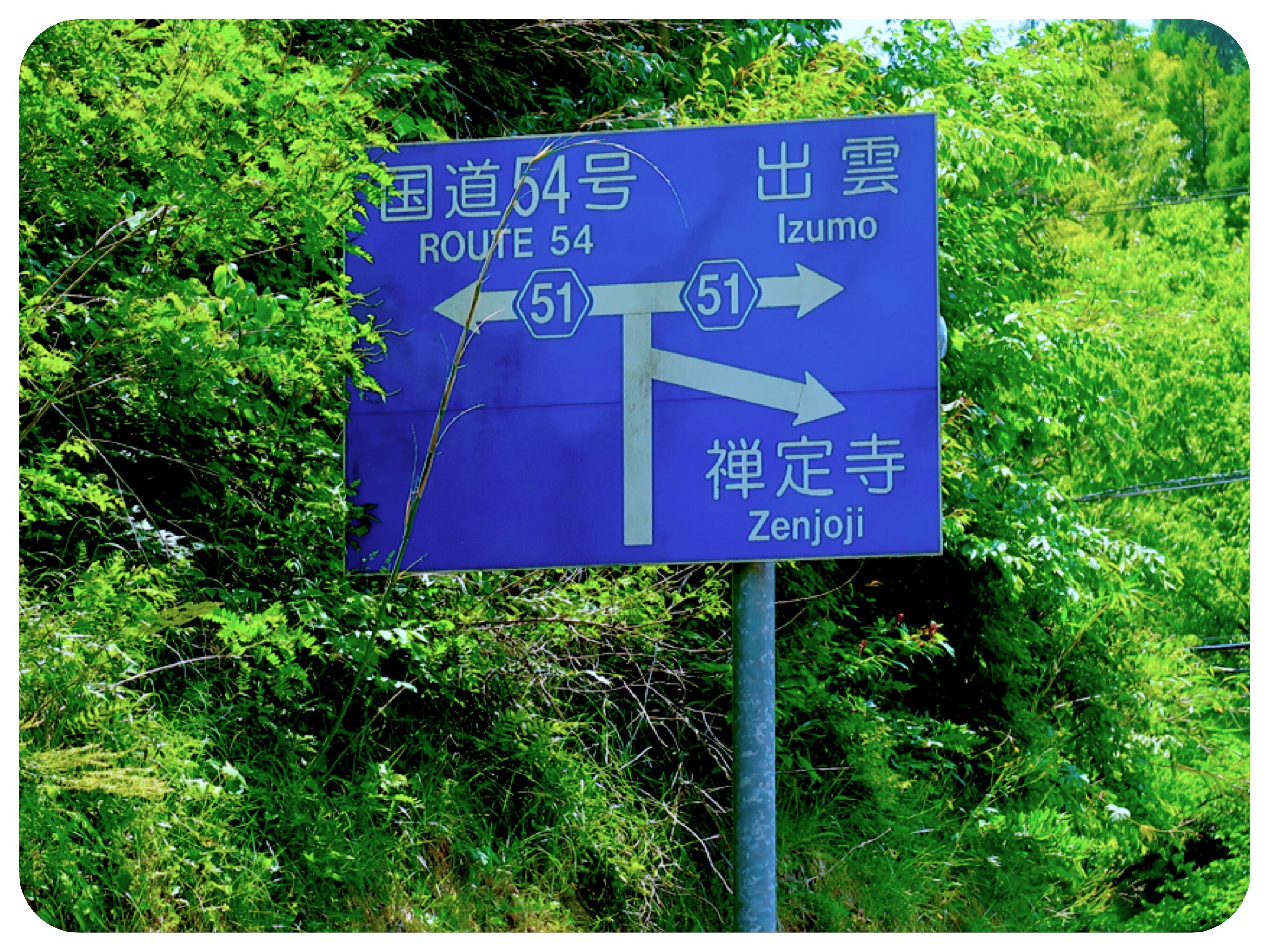

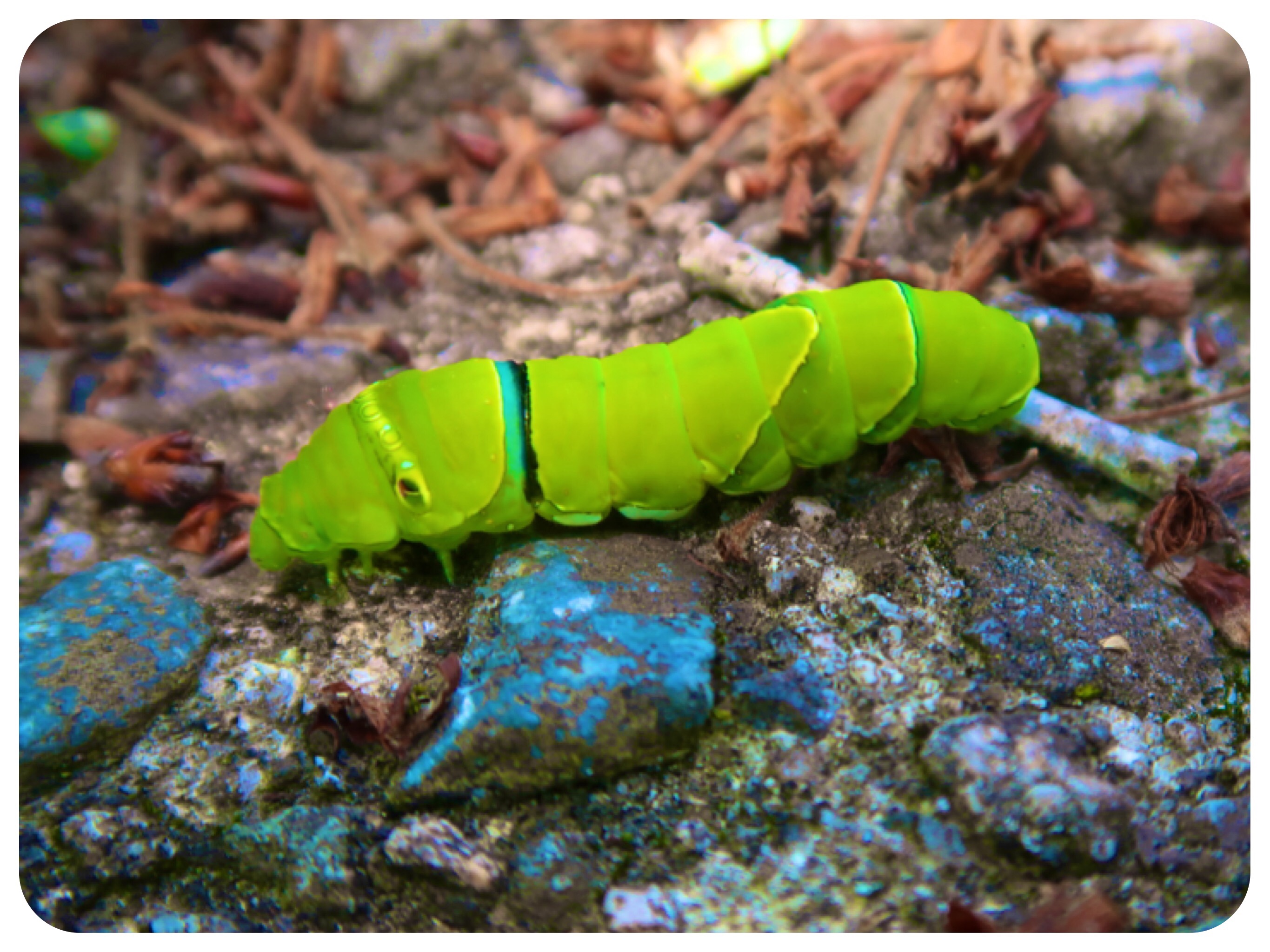



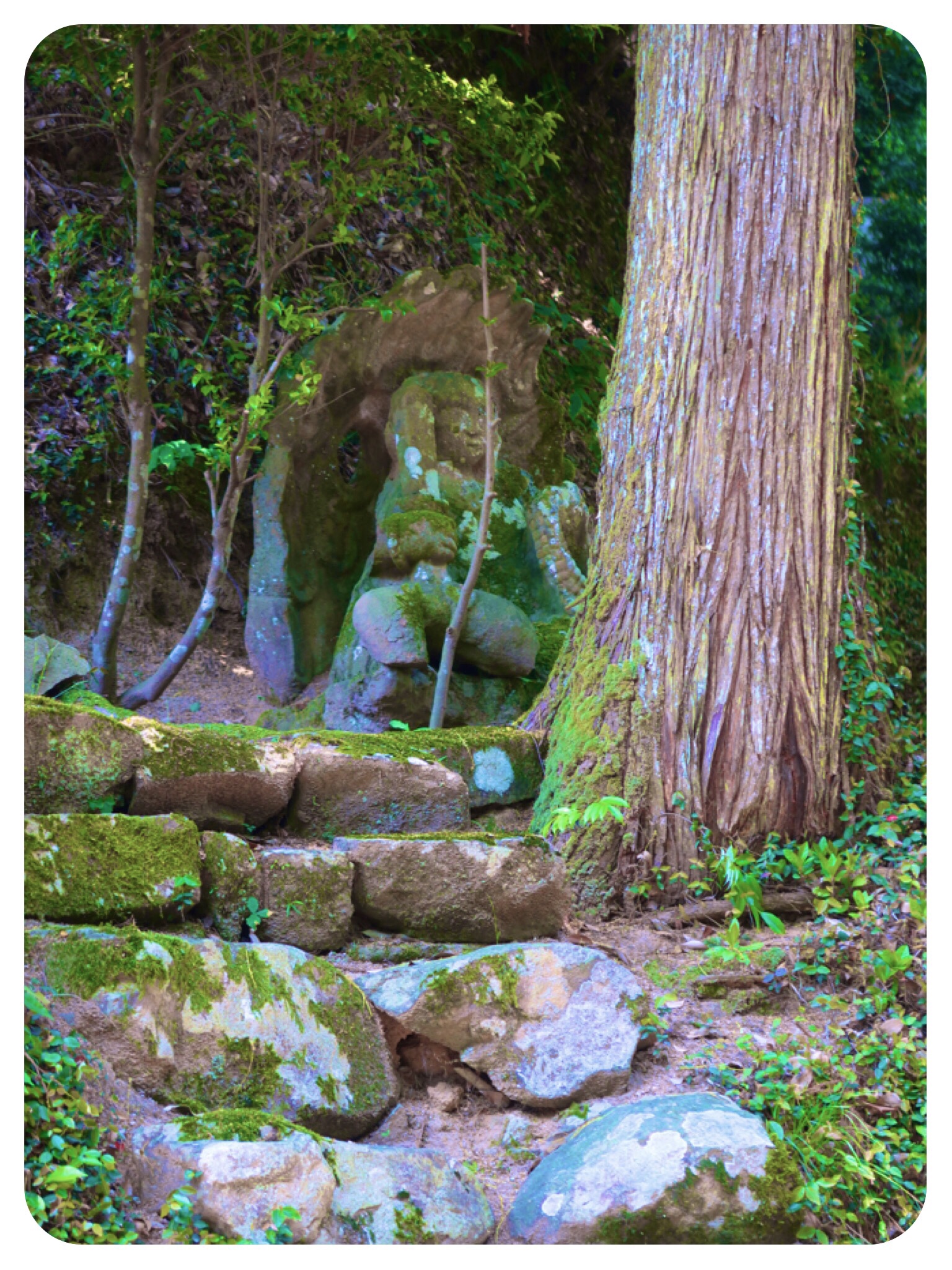



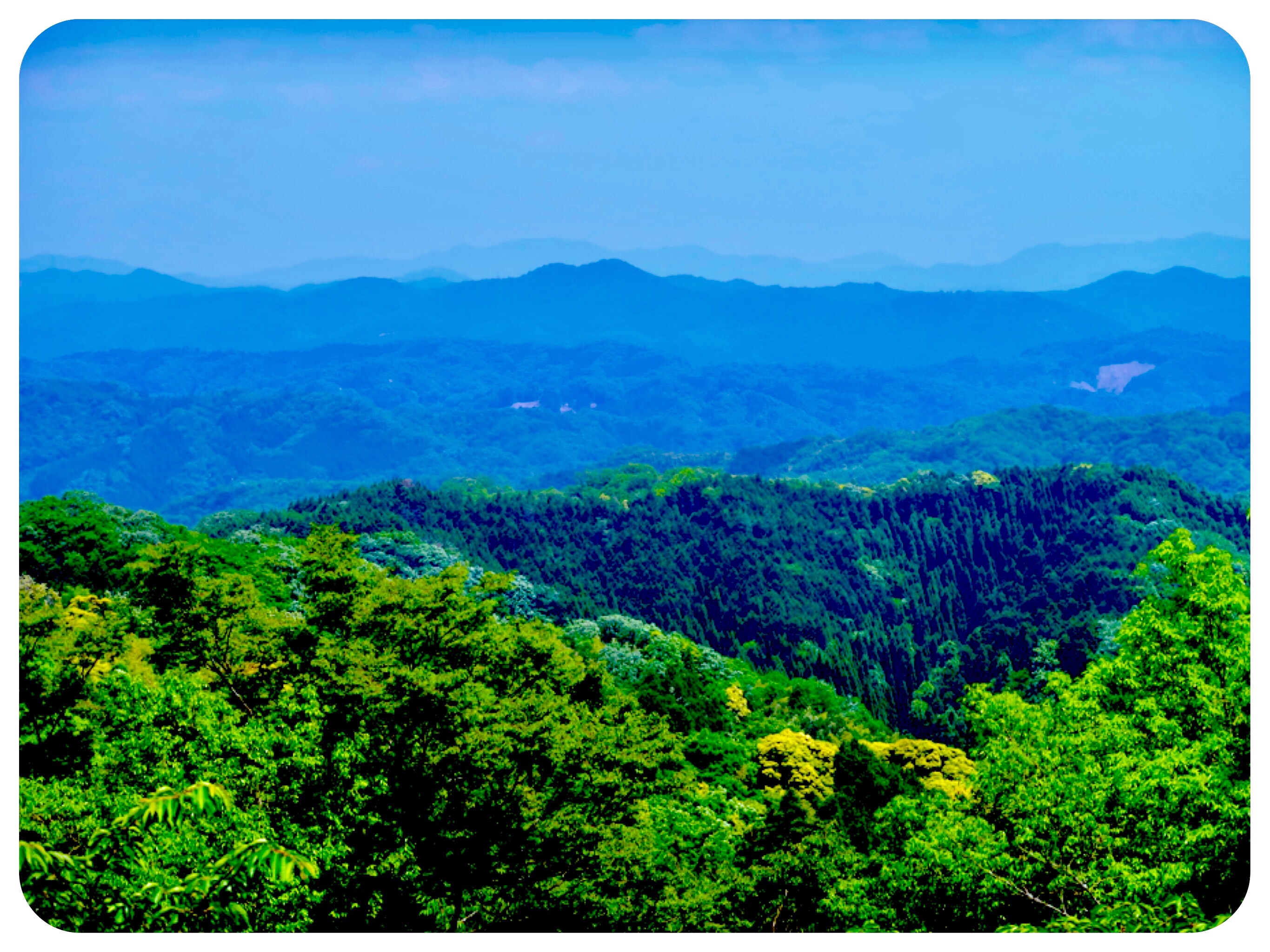
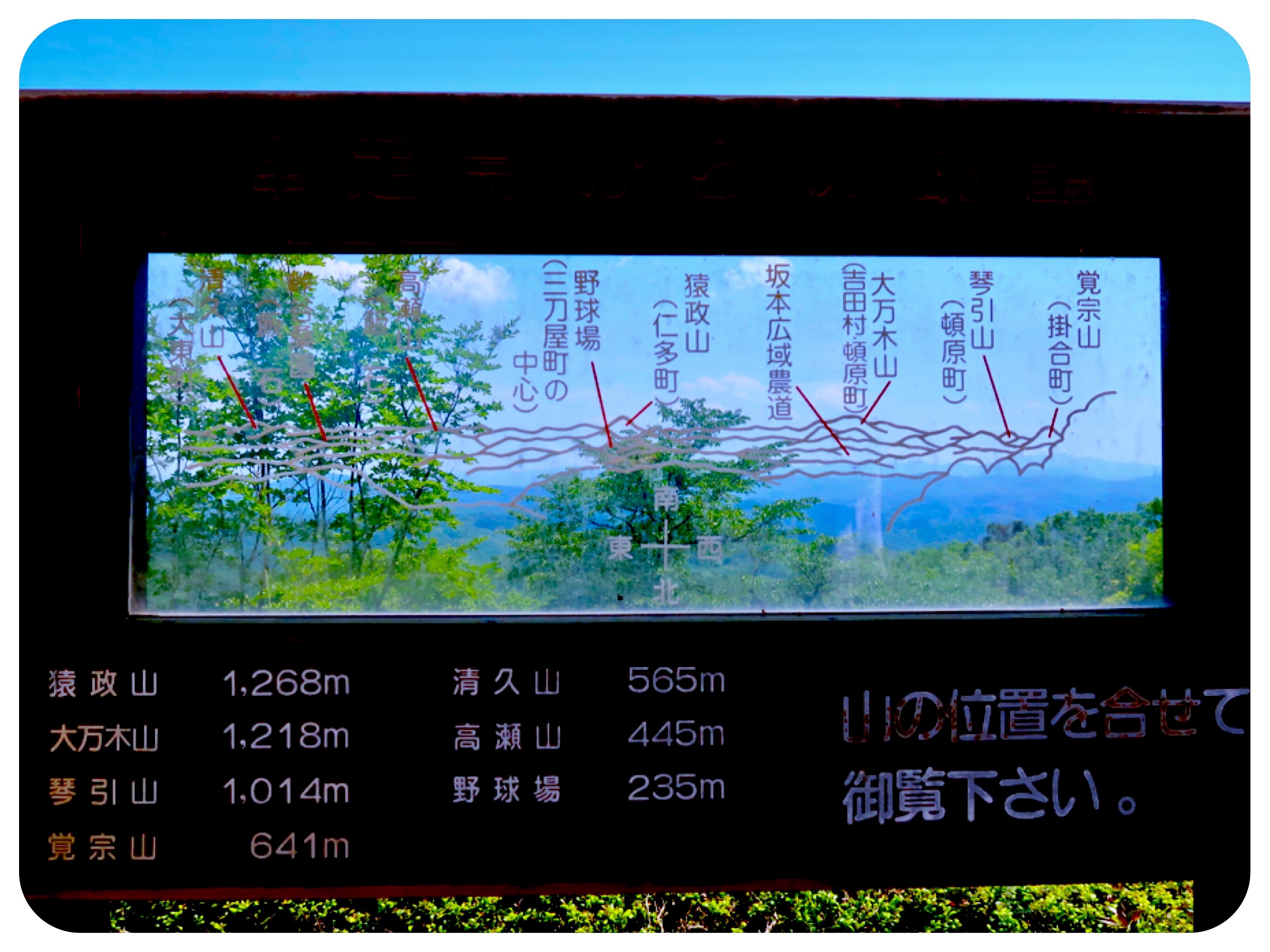








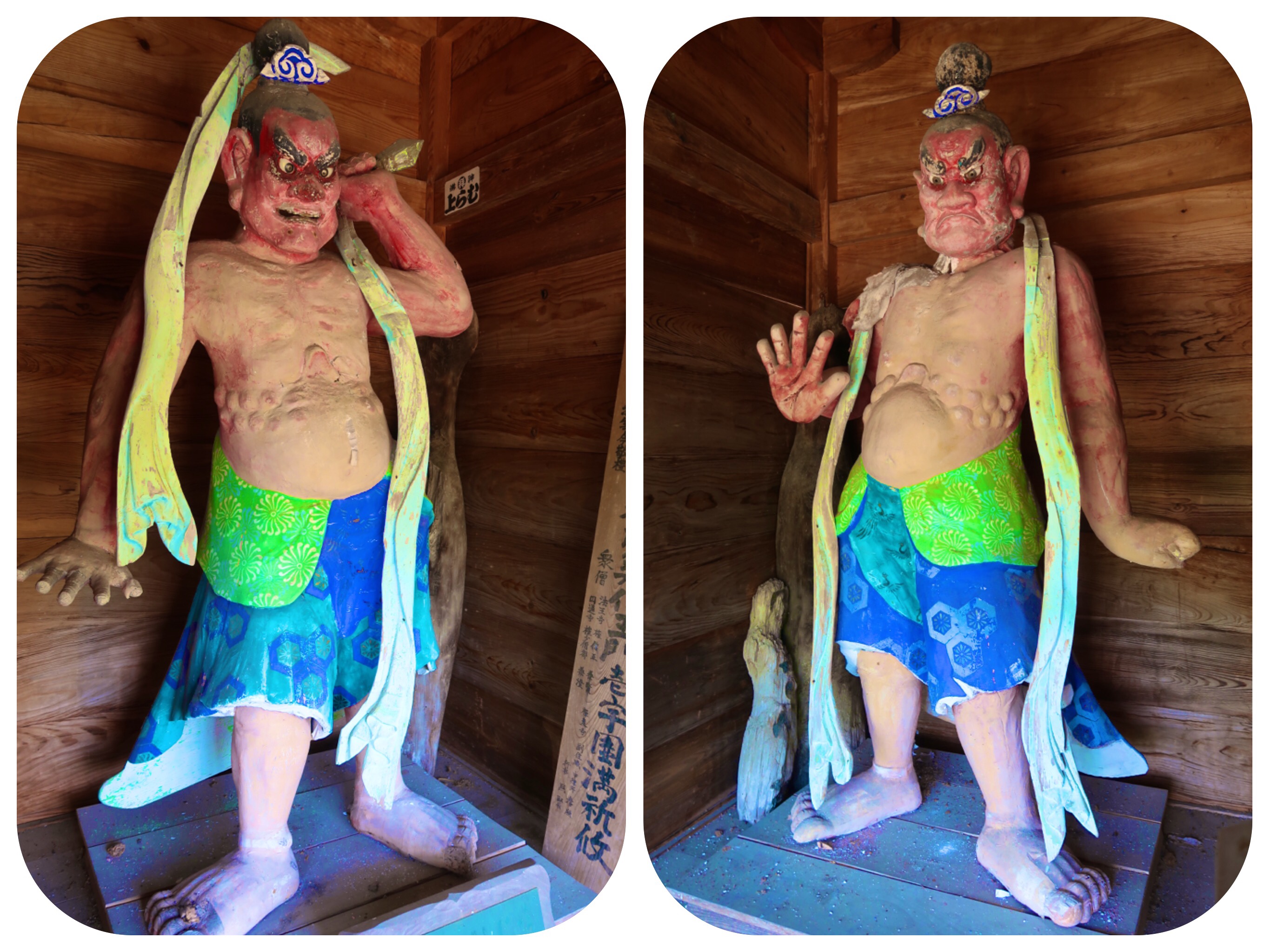





Day 48 - The Chūgoku 33 Temple Kannon Pilgrimage, Japan - A Hot Day of Walking to Zenjo-ji, Temple #24, and the Story of Orochi, the Dragon Who Had Eight Heads and Eight Tails
I had been delaying the walk to temple #24, hoping that our muscles would recover more, before we climb up to this Nansho temple (A temple located in a place that is difficult to reach).
As it turned out, the very steep part of the walk was only the last 1.5 Kilometers, the climb to the top of the mountain.
The rest of the walk would have been easy, if it hadn’t been for the heatwave in Izumo this week.
I have been hiking with my sun protection beach shirt, which even when I am soaked in sweat, does not show any sweat stains.
It is a good thing, because often we spend the whole day in our hiking clothes, until we return to our hotel in the evening.
Even people who arrive at the temple by car are expected to park at the bottom of the hill, and hike about half a kilometer up the very steep path.
When we left the temple, we saw a couple who were walking from the parking lot; he was drenched in sweat and holding two hiking poles, one in each hand.
Zenjo-ji Temple was founded in the years 729-749, as an ancient Tendai sect temple.
It was supported by the Emperor Seitake in the Nara period.
The wooden image of Kannon, enshrined in the main hall, is known as the “Shapeshifting Kannon".
The legend tells that the Goddess turned into a wild boar, in order to save a monk just before his death.
From the main hall, we could see an amazing panorama of the many mountain ranges across the horizon.
Some peaks rise over 8000 feet above sea level.
I was told that when we look at the mountain range of the Chūgoku region from this temple, the mountains on the horizon will appear to be an "Orochi.”
An Orochi (大蛇), is a legendary 8-headed and 8-tailed Japanese dragon.
The Orochi legend was originally recorded in two ancient texts, dating back to 680 A.D., recounting that the Rainstorm god Susa-no-O was expelled from Heaven for tricking his sister Amaterasu, the sun goddess.
After his exile from Heaven, Susa-no-O encountered a couple and their daughter, near the Hi River in the Izumo area.
They were weeping because they were forced to give the Orochi dragon another one of their daughters, every year for seven years.
Now, they must sacrifice their last daughter, whose name was Kushinada, “A Wondrous Rice-Field Princess."
Susa-no-O explained that he was the elder brother of the sun goddess Amaterasu, and offered to slay the dragon in return for Kushinada’s hand in marriage.
The elderly couple agreed, and Susa-no-O set in motion his plan to defeat the serpent.
When the Orochi arrived, he lured him towards vats of sake, and he dipped each of his heads into one of the vats.
The drunken dragon was weakened and disoriented.
Susa-no-O quickly killed the dragon, and sliced the enormous beast into tiny pieces with his sword.
The carnage was so great, that the Hi River flowed red with blood.
When Susa-no-O cut the dragon’s fourth tail, his sword shattered into pieces.
Examining the part of the dragon Orochi’s tail which had broken his sword, Susa-no-O discovered another sword within the creature’s flesh, belonging to the legendary Katana Kusanagi no Tsurugi.
This sword was passed down through the generations of the imperial line of Japan.
It is one of the three pieces of imperial regalia, along with the mirror, Yata no Kagami, and the jewel, Yasakani no Magatama.
Today, the sword that came from Orochi’s tail, is said to be safeguarded in the Atsuta Shrine in Nagoya.
The description of the dragon Orochi was as follows: "It had eight heads and an eight-forked tail.
Its eyes were red like the winter-cherry, and on its back, fir trees and cypresses were growing.
As it crawled, it extended over a space of eight hills and eight valleys."
Today we stood in front of the mountains and valleys that the dragon occupied.
Now all you can see is the richness of nature, showing its beauty in the four seasons.
It is said that this temple was founded in order to teach that one can gain enlightenment through transcending hardship and practicing the way of suffering.
The concept of growth from practicing austerity is a familiar one in Japanese Zen Buddhism.
Those who train to become Zen Buddhist priests, learn to live with very little food, to follow very strict rules of conduct, and spend many hours scrubbing, cleaning, and meditating.
They go on daily begging rounds, both for donations and food, but mostly to learn humility.
It is a very rigorous path.
We waited a long time at the temple, but the priest, who must have just left, did not return, and there was no one at the temple to stamp our book and scroll.
They did leave out the red ink pads, stamps, and pre made stamped sheets, so we stamped it ourselves, hoping somebody would show up to do the calligraphy.
We did all our chanting, and meditated in front of the dragon’s hills, but nobody came back.
Finally we had no more time to wait.
We still had a long way to walk back, so we decided that as an artist, I can easily copy the calligraphy from the sheet, on top of the red stamped seals.
We arrived back just in time to take our Onsen baths, before our dinner reservations at “2nd,” the small Italian Restaurant we enjoyed so much the previous night.
This time, we asked for an all vegetable dinner.
We had delicious grilled giant asparagus, potatoes cooked with fried rosemary, a big leafy salad and two main course dishes of seasonal grilled vegetables.
For dessert I had a scoop of orange sorbet, and Jules had a scoop of walnut ice cream
Everything was fabulous.
We were tired from the walk in the heat, but somehow we still had the energy to walk to the coin laundry and do our laundry after dinner.
It was late when we returned to our Ryokan.
We decided that we would pack tomorrow morning, as we are switching hotels tomorrow.
With warm smiles,
Tali
Daily Stats:
Steps: 30,146 steps
Distance Walked: 22 Kilometers
Active Walking: 5 hours
Total Time: 7 hours
Total distance walked on the pilgrimage so far: 983.5 Kilometers
Temple Visited: Temple #24 Zenjoji Temple 禅定寺 In the mountains of Unnan, near Izumo.
Accommodation: Takenoya Ryokan Kiunso.
A traditional renovated Onsen Ryokan, in Izumo next to the famous Izumo Taisha Shrine.
Elegant traditional hospitality, has an indoor hot spring bath, very spacious tatami mat rooms.